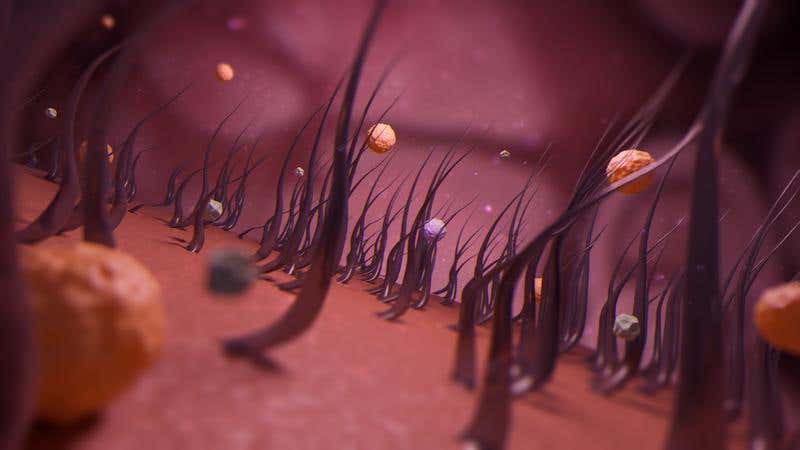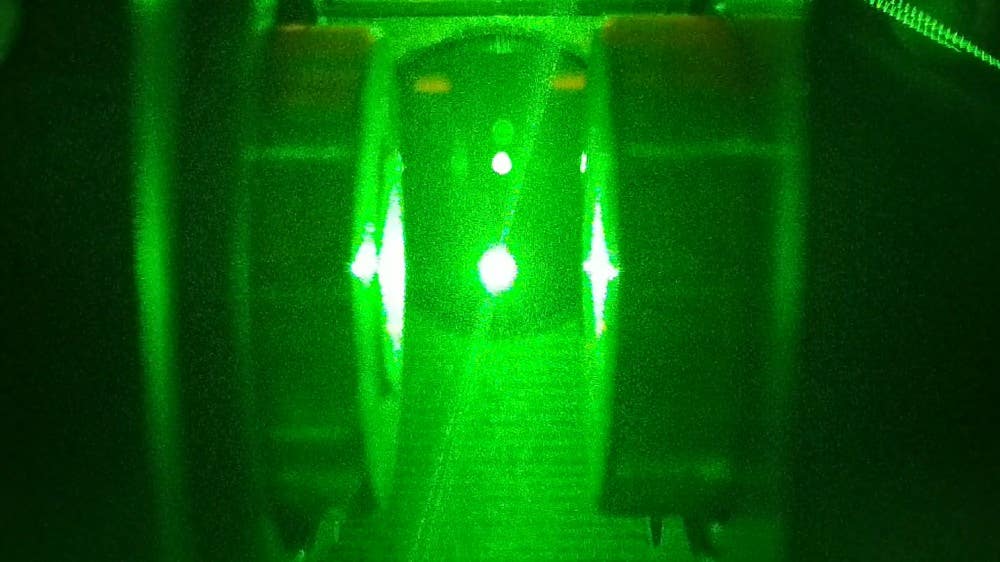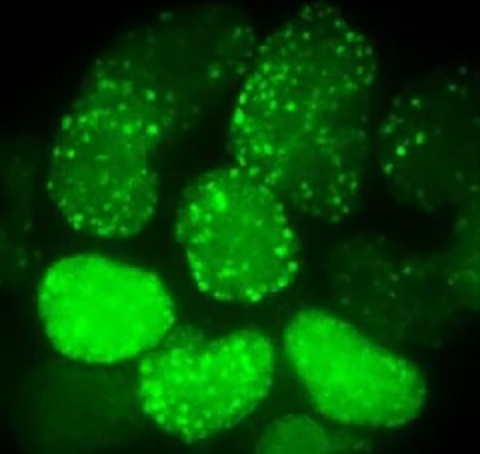Scientists develop reusable air filter that mimics the human nose
A new oil-coated air filter mimicking nasal hairs improves particle capture, extends lifespan, and cuts energy use by 20%.

The oil-coated PRO filter air purification system boosts filtration efficiency by up to 30% while maintaining airflow and reducing energy use. (CREDIT: Max Planck)
Air pollution isn’t always visible, but it affects nearly every breath taken indoors. Floating in the air are tiny particles like dust, smoke, and pollen. These aren’t just annoying—they’re harmful. Air filters stand as the first line of defense, but most traditional models aren’t up to the task. They work by catching particles using van der Waals forces, which are incredibly weak.
That’s a problem when you’re trying to trap tiny matter carried by fast-moving air. Even worse, captured particles often get dislodged and sent back into circulation. Fortunately, nature may already hold the answer—and researchers have taken notice.
Inspired by how the human nose works to trap particles with mucus-coated hairs, a team led by Associate Professor Sanghyuk Wooh at Chung-Ang University has developed a breakthrough. Their research details a new class of air filters that dramatically improve filtration using a thin oil coating. These particle-removing oil-coated (PRO) filters imitate biology in both structure and function, offering major performance gains.
Why Conventional Filters Fall Short
Traditional filters rely heavily on the material’s ability to physically trap particles. They function much like a sieve—only smaller particles can slip through. But sieving has a limit. The finer the filter, the harder it is for air to pass through. This means higher energy usage and shorter lifespans. Most importantly, fine particles can still escape.
A major reason for this is that typical filters rely on van der Waals forces—weak attractions between molecules. These forces are enough to hold some particles, but not all. Fine dust and soot often pass through or bounce off. Even when particles are captured, a strong airflow or a shift in direction can shake them loose. As a result, air that was once clean becomes dirty again.
The Power of a Thin Liquid Layer
The innovation introduced by Wooh’s team lies in coating filter fibers with a very thin, stable film of oil. This idea comes directly from nature: mucus on nasal hairs traps particles by forming a sticky surface. To replicate this, researchers coated synthetic filter materials with polymer brushes and then sprayed a specially selected oil. The oil’s chemistry was matched to the polymer brushes to ensure that it spread evenly and stuck well.
The oil coating doesn’t block the pores of the filter, which is key. Unlike earlier attempts with liquid coatings, this one keeps the airflow smooth and efficient. Air can still move through freely, while particles get caught in the oil layer and held in place with much stronger capillary forces.
These forces work by creating surface tension around the particles, pulling them toward the fibers and holding them there tightly. The strength of these capillary forces is at the micronewton to sub-micronewton scale—thousands of times stronger than van der Waals forces. This means particles are far less likely to escape, even under strong or shifting airflow.
Real-World Advantages
In lab tests, the PRO filter outperformed regular filters across a range of particle sizes, from large pollen grains to ultrafine dust. Filtration efficiency jumped by 10–30%, all without making it harder for air to pass through. This reduces the energy needed to run HVAC systems.
More importantly, the PRO filter continued to perform well even when the airflow was strong or changed direction. Most filters lose effectiveness under such conditions, releasing previously captured particles. The oil coating in the PRO filter, however, keeps them firmly attached. This makes it especially valuable in places where airflow can vary wildly—like subways, industrial areas, and outdoor smoking zones.
Dr. Wooh explained the implications clearly: “This is the first instance of suppressed dust redispersion and a multidirectional filtration strategy proposing a zero-energy filtration system that uses natural wind.” Since the PRO filter works even without a fan, it can clean the air in open spaces using only the natural movement of air. This could change how public areas are ventilated, offering clean air without added power costs.
Clean, Cost-Effective, and Reusable
Another major benefit of the PRO filter is its reusability. When the oil becomes dirty or saturated, it can be washed off. A fresh layer of oil restores the filter’s performance. This makes it not only cost-effective but also eco-friendly, as it generates less plastic waste than disposable filters.
Real-world testing backed this up. In field trials conducted with WISE & YiRop in actual HVAC systems, the PRO filter lasted about twice as long as standard filters, even though it captured more dust. And despite doing more work, it reduced energy use by around 20%.
According to Dr. Wooh, “The PRO filters showed outstanding performances in real-world HVAC systems compared to conventional filters. Even though more dust was captured by the PRO filter, lifespan of the PRO filter was ~two times longer than conventional filter that effectively reduces plastic waste and HVAC operation cost.
In addition, it saves ~20% energy consumption proposing more environmentally friendly and costless air filtration system.” This means lower maintenance, fewer replacements, and big savings on electricity. It also helps reduce the environmental impact of air filtration systems, a growing concern as buildings worldwide become more energy conscious.
A Future of Smarter Filtration
The success of the PRO filter marks a turning point in how we think about air purification. By mimicking a simple natural process, researchers have made a system that is more efficient, longer lasting, and more adaptable than what came before.
The key to the PRO filter’s effectiveness lies not in high-tech components, but in a smart use of chemistry and design. A match between the oil and the polymer brushes ensures even spreading. The thinness of the coating avoids clogging. And the strength of capillary forces provides the grip needed to hold particles in place, even in chaotic airflow.
This balance of simplicity and power opens doors for future innovations. Filters with tailored oil coatings could be used in specific environments, from schools to hospitals to factories. Systems might be developed that refresh the oil automatically or adjust for changing air conditions. All of this points to cleaner, safer air—and a more sustainable future.
Research findings are available online in the journal Nature.
Related Stories
- MIT's high-tech hydrogel window pulls clean drinking water from dry desert air
- Revolutionary clean-air facility captures CO2 99,000 times faster than all Earth's oceans combined
- Amazing 3D-printed material can grow, breathe, and remove CO2 from the air
Like these kind of feel good stories? Get The Brighter Side of News' newsletter.
Mac Oliveau
Science & Technology Writer
Mac Oliveau is a Los Angeles–based science and technology journalist for The Brighter Side of News, an online publication focused on uplifting, transformative stories from around the globe. Passionate about spotlighting groundbreaking discoveries and innovations, Mac covers a broad spectrum of topics—from medical breakthroughs and artificial intelligence to green tech and archeology. With a talent for making complex science clear and compelling, they connect readers to the advancements shaping a brighter, more hopeful future.



